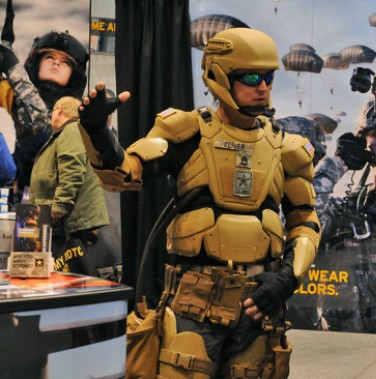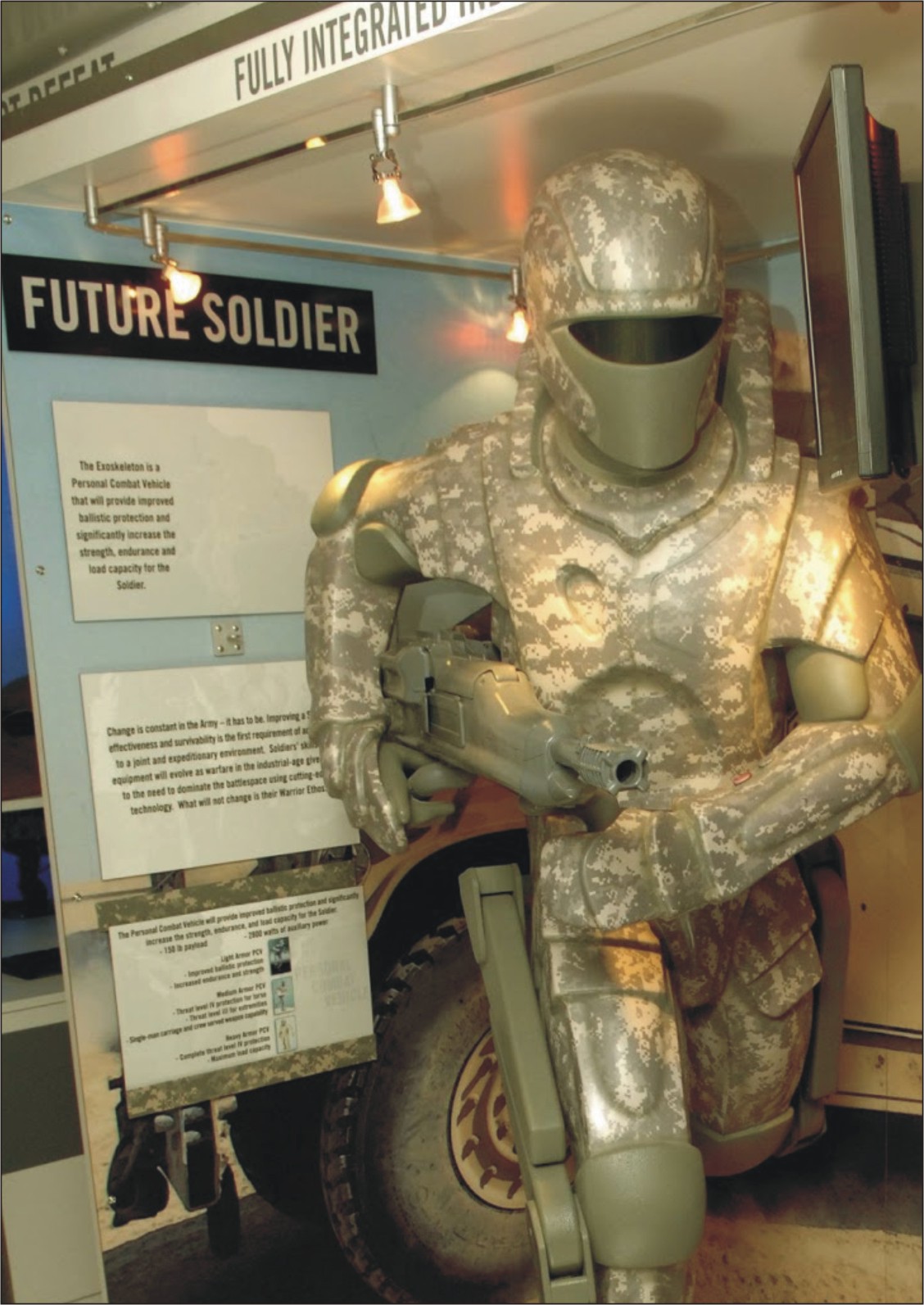The U.S. Military has been designing an Iron Man-like suit for a few years now. Navy SEAL and Commander of SOCOM, Admiral William McRaven, first announced the Tactical Assault Light Operation Suit (TALOS) at a conference in May 2013.
The goal of TALOS is to provide ballistic protection to Special Operations Forces, along with fire-retardant capability.
“We sometimes refer to it as the Iron Man suit, frankly to attract the attention, imagination, and excitement of industry and academia,” said Michel Fieldson, TALOS lead, SOCOM.
“We’re hoping to take products we’re developing in several technology areas and integrating them into a consolidated suit to provide more protection for the [Special Operations Forces].”
The suit is expected to increase strength (giving the user super human-like strength), advanced full body armor, increased sensory capabilities, smart fabrics that would help stop hemorrhaging, and a situational awareness display.
There are 56 corporations, 16 government agencies, 13 universities, and 10 national laboratories working on this project.
Currently, the biggest challenge is making the suit light and comfortable enough for the wearer.

“For every pound the operator has to carry in armor, there’s an additional energy supply,” said Dan Stamm, Battelle research scientist. Battelle is the lead contracting consultant with the TALOS project.
Rini Tech, based out of Orlando, has made a “personal thermal protection system” for the military, which runs off a 3.5-pound battery and uses cold water and tubes to keep the user cool.
Dan Rini, President of Rini Tech, reports his company is trying to adapt his invention for use with TALOS.
“We don’t want that person inside the suit to get overcome by heat stress. He might have to be in it for a long time,” said Rini.
Another innovative part of the suit is its flexible body armor.
Norman Wagner, a chemical engineering professor at University of Delaware, said his team is looking into nanotechnology to create a solution that contains particles smaller than a single blood cell.
“We’re starting with the material that’s almost a liquid ceramic. It transitions when you hit it hard. These particles organize themselves quickly, locally in a way that they can’t flow anymore and they become like a solid,” says Wagner.
What this armor would technically be is a liquid bulletproof vest that transitions to a solid to protect the wearer.
By Michael LaTulipe

